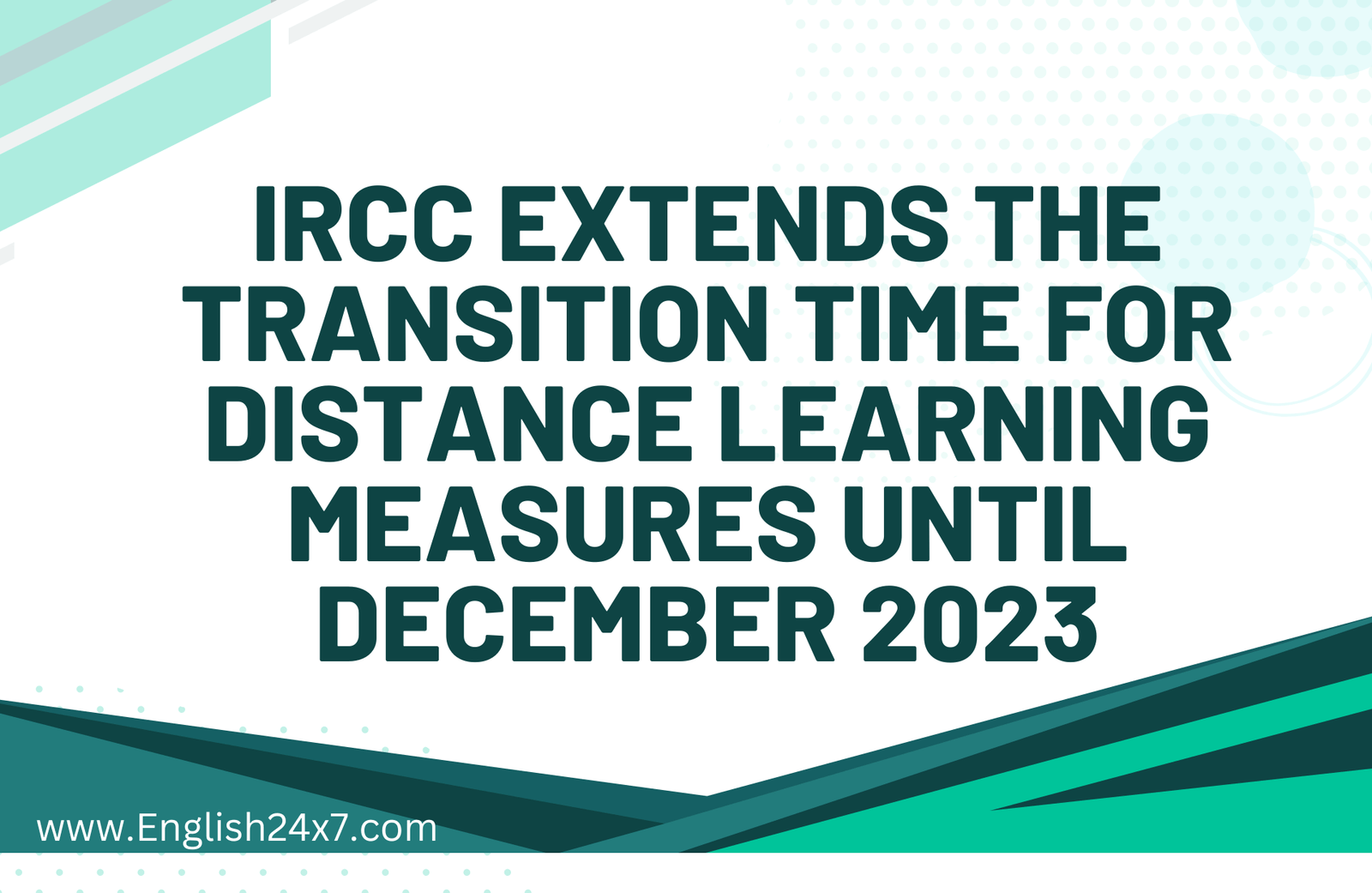
Australia's healthcare workforce has called for immigration reform
Australia’s SYDNEY The widespread lack of qualified medical personnel in Australia has sparked a study of the red tape involved in bringing in and resettling foreign medical specialists.
The assessment revealed that the registration and immigration processes for foreign healthcare professionals are more time-consuming and costly than in other nations, taking up to 35 months even for healthcare professionals from countries with faster processing times.
Reviewers from the federal government determined that the lengthy and expensive process of immigrating to Australia was discouraging overseas-trained medical professionals from moving there, which in turn exacerbated the country's already severe lack of medical personnel.
Reviewers heard from businesses that they were losing qualified applicants to competitors in nations with much faster application processes.
One employer noted that in comparison to New Zealand, which takes an average of three months to complete applications for foreign-trained general practitioners (GPs), Australia is uncompetitive.
Dentist Dr. Shaily Sharma, who relocated to Queensland in 2014 after practising in India, told ABC News that the current system is broken and needs to be overhauled.
Dr. Sharma said she had wanted to work as a dentist when she first came in Australia, but it took her almost three years to finally become licensed.
Dr. Sharma told the ABC, "My husband works in a shop and he's not getting enough work, so I'm making and cooking meals at home and delivering them to people's houses." She also stated that she was in a internal struggle and was doubting her own value.
According to the ABC, the Australian Dental Association (ADA) has called for additional support for overseas oral health workers who want to practise in the country due to a nationwide lack of dentists and dental assistants.
In a response to the review, ADA Federal President Dr. Stephen Liew said: We have mutual recognition in some countries, so those dentists can have their credentials swiftly and easily acknowledged.
Dr. Liew viewed this as a positive development, but emphasized the need for more efficient candidate evaluation procedures. Despite the significance, not many people manage to do it, and the hurdles, such as time and money, are rather high.
Offering permanent residence in priority areas to international students and recent graduates, and also to senior clinicians who are often ineligible due to age restrictions, is just one of the many suggestions for improving the application process and reducing red tape that can be found in the interim report, which can be accessed here.







